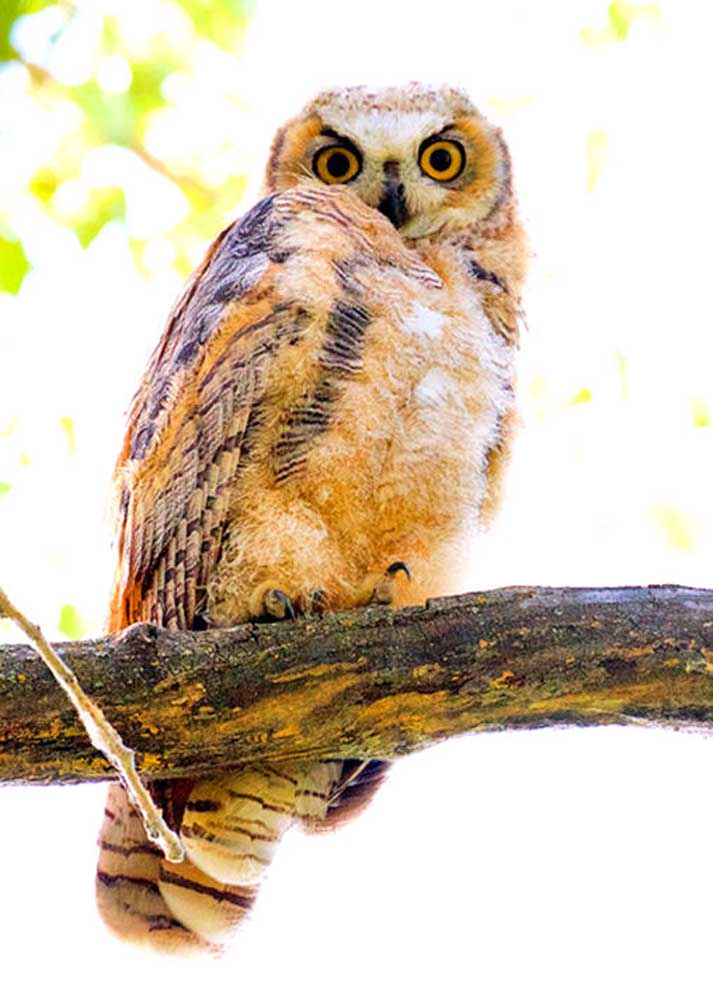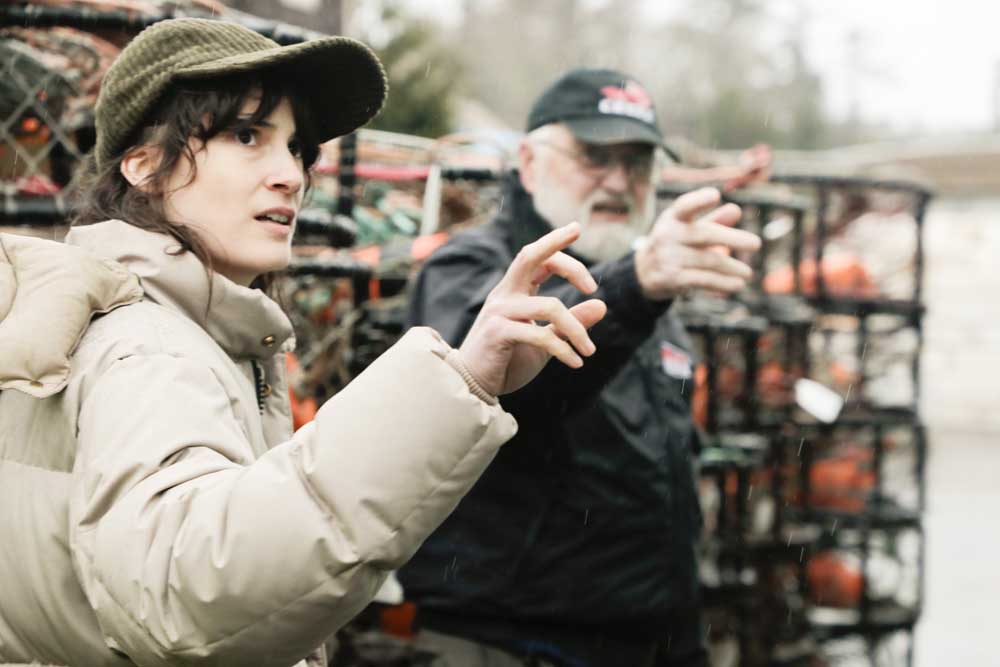Birding: Nesting season is just around the corner
Published 10:28 am Thursday, March 14, 2019

- Great horned owlets are out of the nest by early June.
As spring approaches my mind begins to turn to migration with great anticipation. It happens every year for me. However, it isn’t quite spring migration time yet, so I am concentrating on watching for those species that are beginning to pair up now because they are early nesters. The bald eagle, red-tailed hawk and the great horned owl are among the early nesters I have been thinking about.
Trending
Early nesters like the bald eagle have an incubation period of 34 to 36 days and the eaglets stay in the nest for 56 to 98 days after hatching. Early nesting is their watchword if they are to get their young on the way before the cooler weather arrives. Bald eagles may start to build their nests as early as December. If they use an old nest they take time to renovate. After the renos or new construction is complete they will mate, usually in January or February. Then the eggs are laid. Most bald eagles reuse their last year’s nest, but they periodically will begin anew. The eggs generally hatch sometime between March and May depending on when they were laid. Bald eagles are monogamous and share the task of incubation and feeding.
Bald eagle nests are one of the easiest to recognize because of their size. They range from five to six feet in diameter and two to four feet tall. Eagles tend to choose tall sturdy conifers and place their nests high in the canopy for good visibility and to make sure they have an easy flight path to their nest. In addition, they prefer to locate near large bodies of water.
Eagles are being seen most everywhere on the Peninsula and on the Willapa National Wildlife Refuge, and two are often seen sitting together in a conifer or on the eagle perches along the beach.
Trending
The red-tailed hawk is our most common hawk. It is also an early nester. According to Cornell University, the red-tails watched on their bird cams have laid their eggs between mid-March or early April. The eggs are incubated for about 28 to 35 days and the nestling period goes on for another 42 to 46 days.
Their stick nests are built in tall trees near top or in urban areas on high window ledges. They can be five to six feet high. New nests take between four and seven days to complete. However, renovated old nests may be used. Scientists have found that sometimes several old nests will be renovated before choosing the one they will use.
Red-tailed hawks are monogamous and mate for life. Both the male and female incubate the eggs and feed the young. They have exceptional eyesight, are excellent hunters and a red tail is the best field mark for identifying an adult bird.
Last but not least is the great horned owl. It is also an early nester because it does not have the ability to build its own nest. Therefore, it often chooses another bird’s nest such as that of the red-tailed hawk or another hawk species so it has to take possession before a hawk comes by to use it again. The only work the great horned owl sometimes does is to line the nest with shreds of bark, its own downy feathers or feathers or fur from its prey. Scientists have found that the great horned often does nothing to enhance its nest. Because these used nest tend to deteriorate over the nesting season they are seldom used a second time.
Great horned owls of the Pacific Northwest tend to be dark in color, whereas birds in the Southwest tend to be pale and grayer. There can be much variation in the coloring of these magnificent birds.
Nesting is right around the corner! Look for large nests and you might just find a bald eagle on a nest, or a red-tailed hawk or a great horned owl with the tufts on its head sticking just above the rim of its nest. Remember not to disturb the birds. Watch from afar! Soon you will be able to turn your thoughts to migration and other nesting species.









